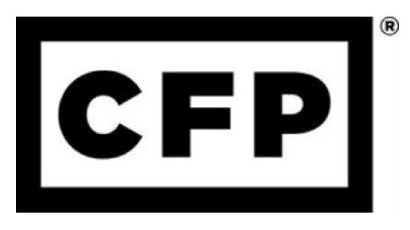The Problem with Public Pensions
If you are a public employee such as an education industry employee or state, local, and federal government employee, you are most likely covered by a defined-benefit plan, AKA your pension plan. Nearly 80% of state, local, and federal government employees are covered by pensions. The biggest mistake public employees make is not fully understanding the vast options that they have within their pension plans. Many public employees believe their retirement system with keep them safe and financial solvent throughout their retirement, solely. We all need to understand the shortfall that these plans are really meant to be a supplement of their personal savings.
Windfall Elimination Provision
To start, even if you are an employee in the public sector for a short period of time, you could be reducing your Social Security benefits due to what is known as the windfall elimination provision, or WEP. This provision is a federal law that reduces benefits for public sector employees who are eligible for a Social Security benefit but are also earning a government pension on wages that weren’t covered by Social Security. Right now, WEP is affecting the public sector employees in 15 states:
- Alaska
- California
- Colorado
- Connecticut
- Georgia (certain local governments)
- Illinois
- Kentucky (certain local governments)
- Louisiana
- Maine
- Massachusetts
- Missouri
- Nevada
- Ohio
- Rhode Island (certain local governments)
- Texas
Government Pension Offset
A second provision, known as the government pension offset, or GPO, could also be reducing your Social Security or spousal benefits if you were employed in the public sector that did not cover Social Security. Benefits usually cover spouse of up to 50% of a workers Social Security benefit and a survivor can get up to 100%. With the GPO provision, the spousal or survivor benefit could be reduced by as much as two-thirds of the workers’ pension.
So, what can public employees do to better prepare for retirement?
The public sector most likely has the option to contribute to a plan that is similar to a 401(k) plan called a 403(b) plan, a tax-deferred savings plan. The unfortunate part about these plans is that they are aggressively sold by insurance agents and are primarily offering products such as equity-indexed annuities, which often carry high fees and limited market returns.
According to an analysis prepared by Aon Hewitt, the investment breakdown of 403(b) plans look like this:
- 43% in fixed annuities with average fees of 1.15%
- 33% in variable annuities with average fees of 2.25%
- 24% in mutual funds with average fees of 0.97%
Over 75% of 403(b) participants are invested in insurance products that can really hinder their liquidity when it comes time to retire. Today, more than ever, it is important for public employees to prepare for retirement by becoming more aware of how their pension funds are benefiting them and how their assets are invested in their 403(b) or 457 plans.
Public Sector Investor was built based on preparing our advocates for a better outcome, depending on their goals and aspirations. We have helped thousands of retirement plan participants throughout the nation to better understand their options and become more aware of their status as it relates to their pensions. Contact our experienced team to hear more about how we can help you prepare for a better outcome.








